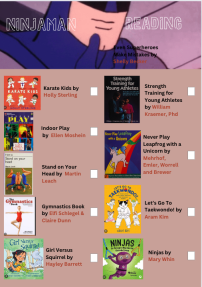
Consider Donating to the Project Or Donate to A Cause

Design Your Own Gadget Belt Worksheet -1pg from the Spy Museum If you feel stuck or you finished your own gadget check out other gadget ideas at the Spy Museum




Download and cut out the feelings wheel
Selection Bias:
- Framing: Choosing specific information or details to highlight a particular narrative, often neglecting alternative perspectives.
- Omission: Leaving out relevant information that contradicts the chosen narrative or weakens the desired impact.
- Saliency bias/ Sensationalism: Focusing on sensational or dramatic events, neglecting more mundane but equally important occurrences. Omission of Source Attribution stating that a critic says something without letting the audience know any other information makes it sounds like you have a source, but audience has no way of checking the information for themselves.
Confirmation Bias:
- Coverage Bias: Focusing on stories that confirm established narratives or cater to audience expectations or reporting only negative news about one party or ideology.
- Ignoring contradictory evidence: Downplaying or dismissing information that challenges the preferred viewpoint.
- Source selection: Choosing sources that support the reporter's already-formed opinion.
- Unsubstantiated Claims: Statements that appear to be fact, but do not include specific evidence, are a key indication of this type of media bias.
- Flawed logic can involve jumping to conclusions or arriving at a conclusion that doesn’t follow from the premise.
Language Bias:
- Word choice: Using loaded language (e.g., "hero," "villain") to shape reader perception of people or events.
- Metaphors and analogies: Comparing situations to evoke specific emotions or associations, often favoring one side over the other.
- Clickbait/Headlining: Headlines often condense complex stories into biased summaries, influencing interpretation before readers delve deeper.
Ideological Bias:
- Political leanings: News outlets, journalists, and even individuals can harbor specific political leanings, which may influence their selection and presentation of information.
- Corporate interests: In media owned by corporations, financial priorities and relationships might subtly influence news coverage.
- Cultural norms and values: Societal biases on race, gender, class, etc., can unconsciously influence how journalists perceive and report on events.
- Stereotyping: This bias can be used to understand groups and situations which are not a regular part of our lives. However, classifying and categorizing people or events can affect that way in which a story is perceived.























